
Before there was fútbol, before lucha libre made masks fly, and long before Formula 1 cars raced through Mexico City — there was Charrería. Born from the haciendas and ranches of colonial Mexico, it is a spectacle of horsepower, elegance, and tradition, known as the country’s official national sport. But don’t let the word “sport” fool you — Charrería is as much ritual as it is competition. It’s a cultural pageant where every rope swing and horse step tells a story of history, honor, and identity.
Step into a Lienzo Charro — a dusty arena echoing with mariachi music and the cries of the crowd — and you’ll witness men in silver-buttoned suits and wide-brimmed sombreros performing astonishing feats of horsemanship. It’s rodeo meets opera, with a very Mexican soul.
From Ranch Life to Ritual Arena
Charrería began in the 16th century as a practical necessity. After the Spanish introduced cattle and horses to Mexico, ranch work required skills like roping, riding, and herding. Over time, these tasks evolved into stylized forms of equestrian artistry, performed during festivals and celebrations. Eventually, they became competitive events, regulated and codified into the sport we know today.
Much like samurai martial arts or European jousting, Charrería grew into a reflection of social values. A charro wasn’t just a cowboy — he was a gentleman, a guardian of land, family, and community. His outfit, posture, and etiquette were as important as his riding skill. Even today, charros are seen as icons of Mexican masculinity, tradition, and gallantry.
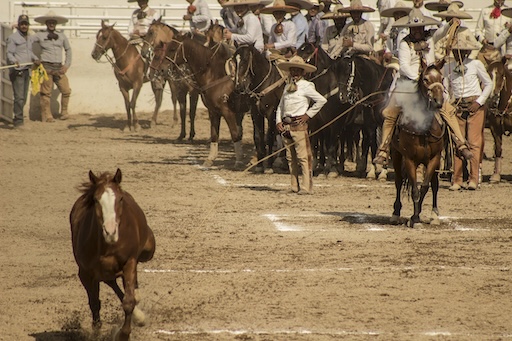
The Charros and Their Art
Modern Charrería consists of nine core events known as suerte, or “acts of skill.” Each is a test of precision, control, and daring — often involving high-speed horse maneuvers, complicated rope tricks, and synchronized riding. Some of the most thrilling include:
- Cala de Caballo: Showcasing the charro’s ability to stop, spin, and backtrack their horse with ballet-like grace.
- Piales en el lienzo: Roping a horse at full gallop by its hind legs — a skill requiring exact timing and trust.
- Manganas: Lassoing a horse from a standing position, either on foot or from horseback, with flourishes of flair.
- El Paso de la Muerte (The Pass of Death): A jaw-dropping final act where a rider leaps from one horse to another, both running at full speed, with no saddle. One slip — and gravity wins.
Each performance is judged not just for success, but style — the drama of the rope swing, the poise of the rider, the connection between human and horse. It’s not about brute strength. It’s about mastery, control, and above all, grace under pressure.
The Women Who Ride: Escaramuza
And then there’s the heart-stopping grace of Escaramuza, the all-female counterpart to the charros. Dressed in flowing, colorful dresses reminiscent of the Adelitas (female revolutionaries), teams of eight women ride in intricate, synchronized patterns — side-saddle — to stirring music.
The term means “skirmish,” a nod to their spirited agility. Watching an Escaramuza team is like seeing a flower bloom at full gallop — a blur of ribbons, hoofbeats, and fierce concentration. It’s elegance with steel nerves, and in many ways, the most poetic act in Charrería.
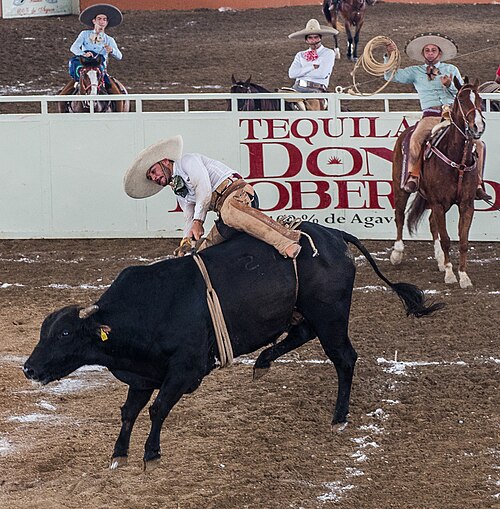
Culture in Costume
The visual splendor of Charrería is unmistakable. The charro suit, or traje de charro, is an icon of Mexican style — tightly tailored with intricate embroidery, silver buttons down the legs, and a wide-brimmed sombrero that commands presence. Every detail, from spurs to scarf, is meaningful and steeped in tradition.
Costumes aren't just for show — they’re badges of lineage. Many families pass down charro suits for generations, each stitch a story. Riders often spend months preparing for one event, both physically and emotionally. This is pride made visible.
More Than a Show
For many, Charrería is less about performance and more about belonging. It’s a family tradition, a regional identity, a declaration of cultural resistance. In times when modernization threatens to erase Indigenous and rural traditions, Charrería stands proud — evolving, but rooted.
UNESCO recognized Charrería in 2016 as an Intangible Cultural Heritage of Humanity, affirming its value beyond sport. Across Mexico, charreadas are still held in towns big and small, drawing crowds of every age to cheer, remember, and celebrate their roots.
Spectacle with Soul
Whether you’re in Guadalajara, Zacatecas, or a small town with a dusty ring and a strong heart, witnessing a charreada is witnessing Mexico in motion. You’ll hear hooves pounding like thunder, see riders twirl lassos like spinning suns, and feel the heat of a culture that refuses to be forgotten.
Charrería is not just about who rides best. It’s about honoring the past while dancing with danger, preserving identity while dazzling the eye. In a world of fast thrills and short attention spans, it offers something deeper: a ritual of rhythm, dust, and dignity.
Share this story and inspire others.
Tags: Charrería, Mexican cowboy sport, charros, escaramuza, Mexican rodeo, cultural traditions Mexico, horses in Mexican culture, hidden Mexican rituals
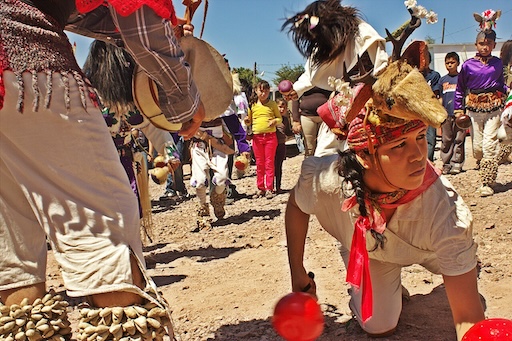 La Danza del Venado – The Sacred Deer Dance of the Yaqui People
La Danza del Venado – The Sacred Deer Dance of the Yaqui People
 Tarahumara Rarámuri – The Ultramarathon Runners of the Sierra
Tarahumara Rarámuri – The Ultramarathon Runners of the Sierra
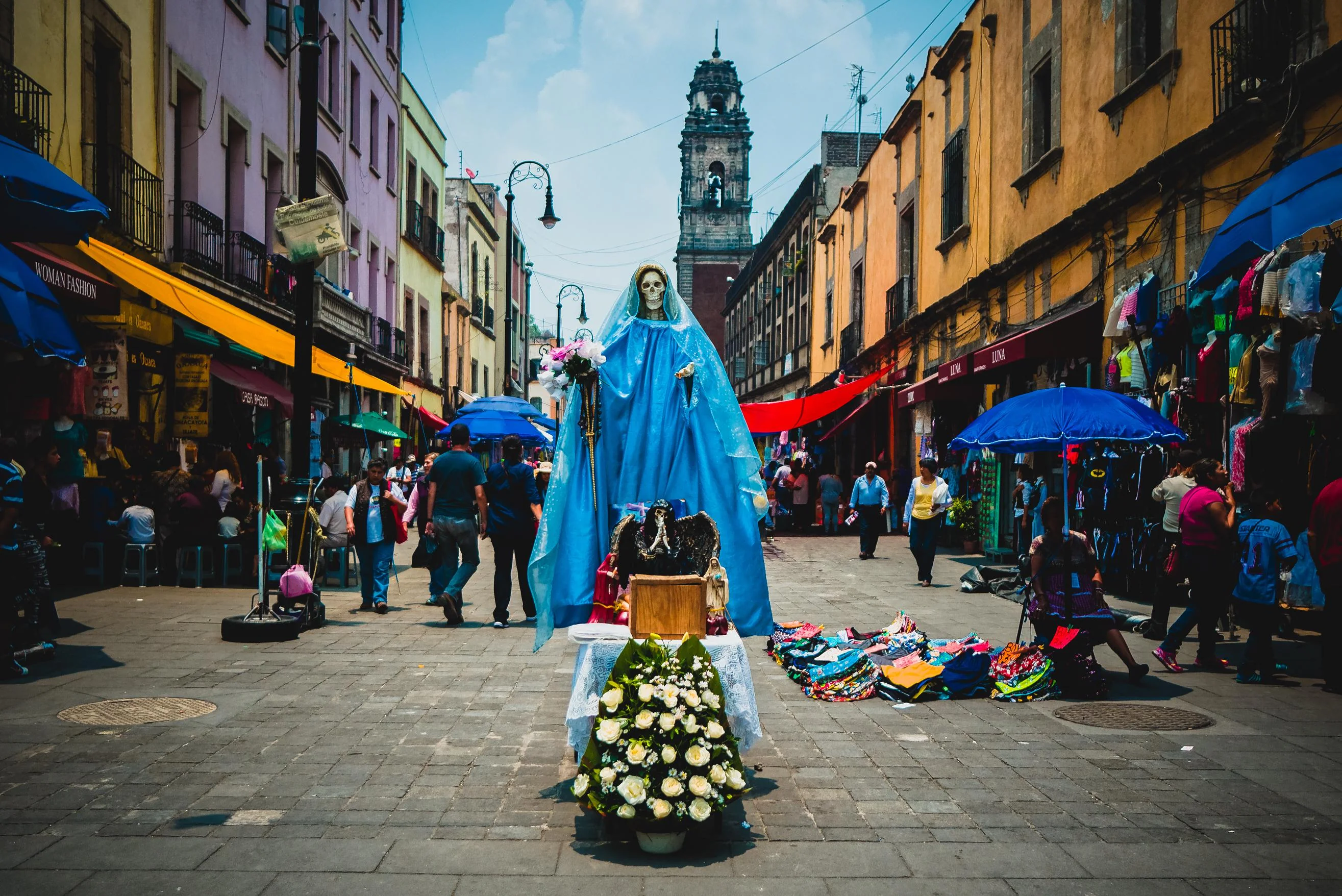 La Santa Muerte – The Controversial Saint of Death
La Santa Muerte – The Controversial Saint of Death
 Xantolo – The Huasteca’s Version of Day of the Dead with Masks and Dances
Xantolo – The Huasteca’s Version of Day of the Dead with Masks and Dances
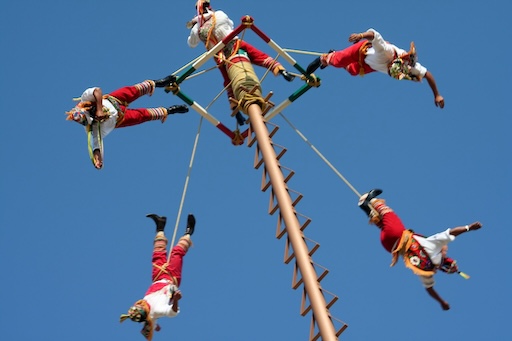 Voladores de Papantla – Men Who Fly from Poles
Voladores de Papantla – Men Who Fly from Poles
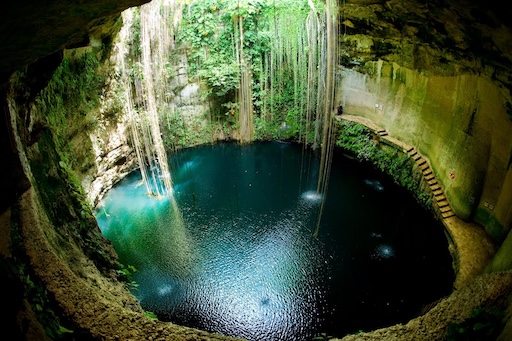 Cenote Sagrado – Sacred Sinkhole of the Maya
Cenote Sagrado – Sacred Sinkhole of the Maya
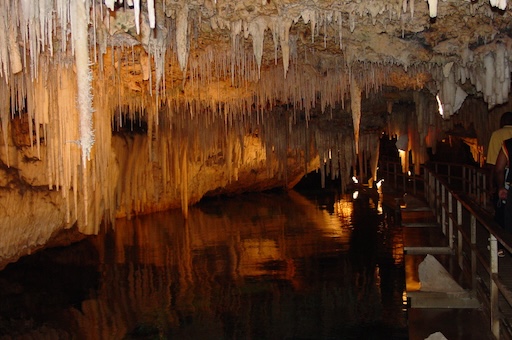 Cueva de los Cristales – Mexico’s Giant Crystal Cave
Cueva de los Cristales – Mexico’s Giant Crystal Cave